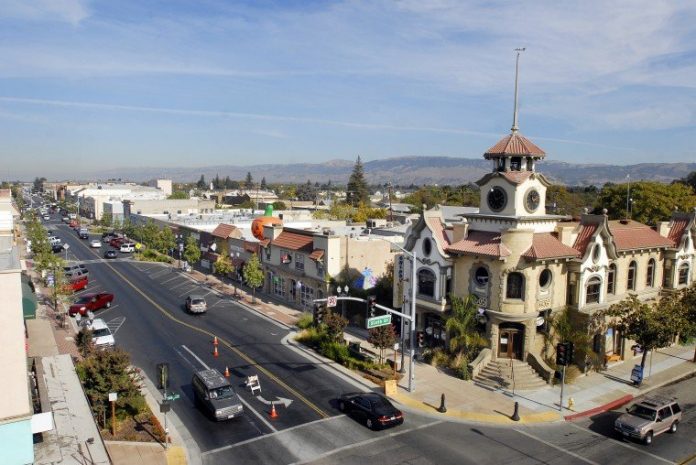
The City of Gilroy recently released its first quarter sales tax update for this fiscal year, demonstrating an 8 percent increase in cash receipts for the City and surpassing the average statewide gain of 3.7 percent. Growth was most pronounced in the new auto and miscellaneous vehicle sales sector with a 43.9 percent increase.
On the other hand, Gilroy’s apparel stores and service stations saw the largest declines in overall revenue in the quarter ending March 31, compared to the same period last year.
“The auto dealers are always a good indicator of what the local economy is doing, not only in terms of the sales tax revenues they generate, but also an indication of consumers’ attitude on spending on high ticket items,” said Gilroy Economic Development Corporation President and CEO Tammy Brownlow. “When you see a significant increase like that, remember that in the throes of the recession the auto dealers were really suffering. People weren’t going out and buying new cars.”
A portion of downtown Gilroy, dubbed the downtown economic incentive area, saw a 13.8 percent gain during the first quarter of 2014. The area spans from First to 10th streets along Monterey and Eigleberry streets and was established in 2003 to encourage downtown development.
“That growth bodes well for the downtown and it’s indicative of some of the newer stores,” Brownlow said. “We have things like the wine stroll, the car show and now they’re going to have the beer crawl in October. Those events really drive a lot of activity downtown. The next two quarterly sales tax updates will be interesting to look at in terms of the downtown.”
The Gilroy Premium Outlets, owned by national shopping mall and real estate giant Simon Property Group, brought in the most sales tax revenue with more than $568,000—though it was 3 percent less than the outlets collected during the first quarter of 2013. Combined, all the Garlic Capital’s auto dealers garnered $425,000 in revenue.
The City received more than $2.8 million in sales tax revenue during the first quarter, compared to just over $2.7 million during the first quarter of 2013.













